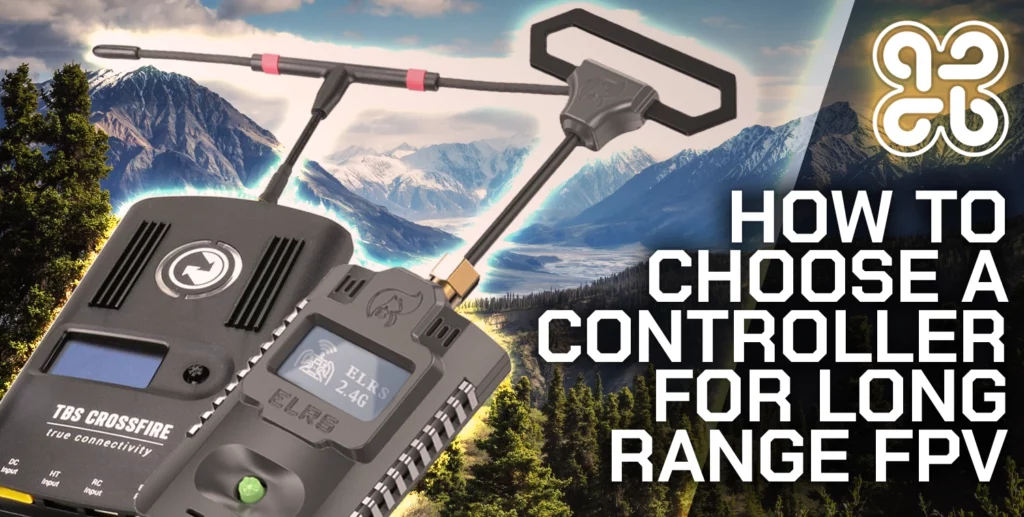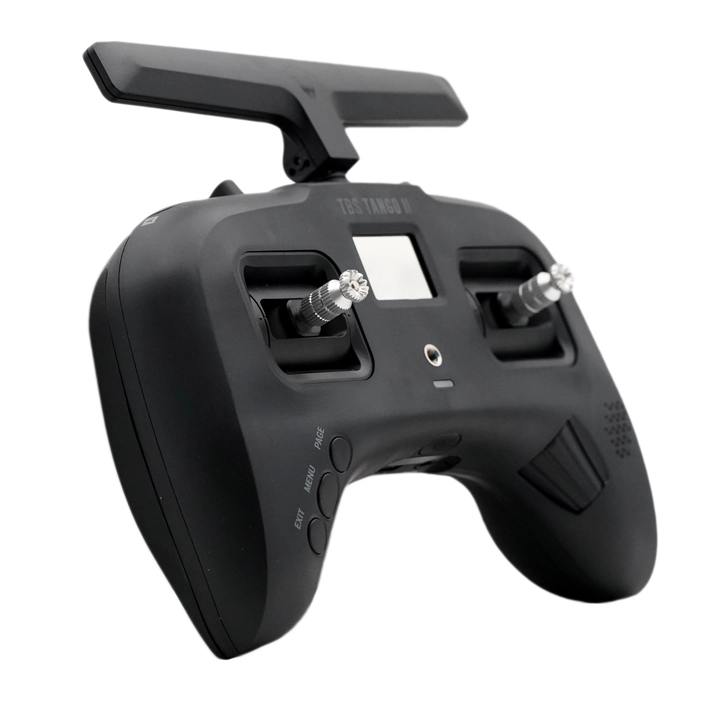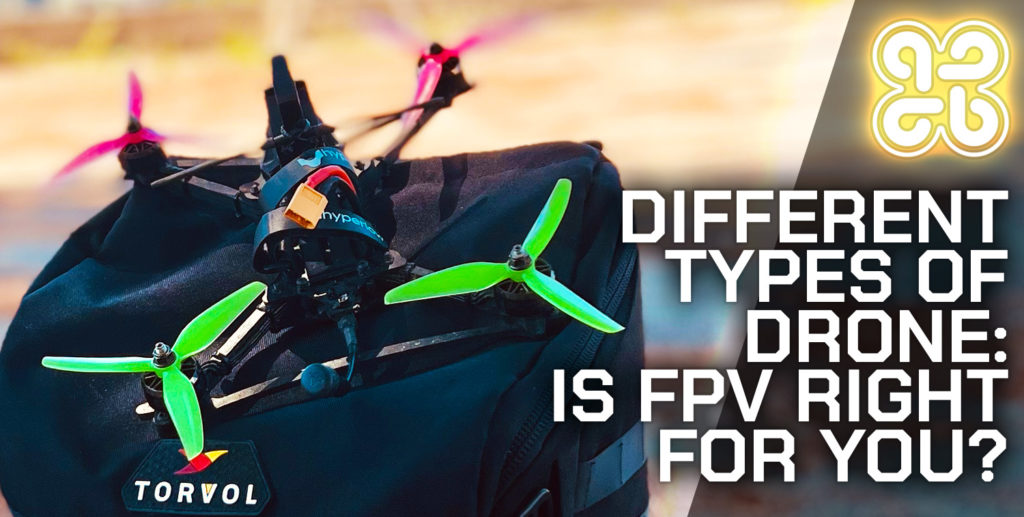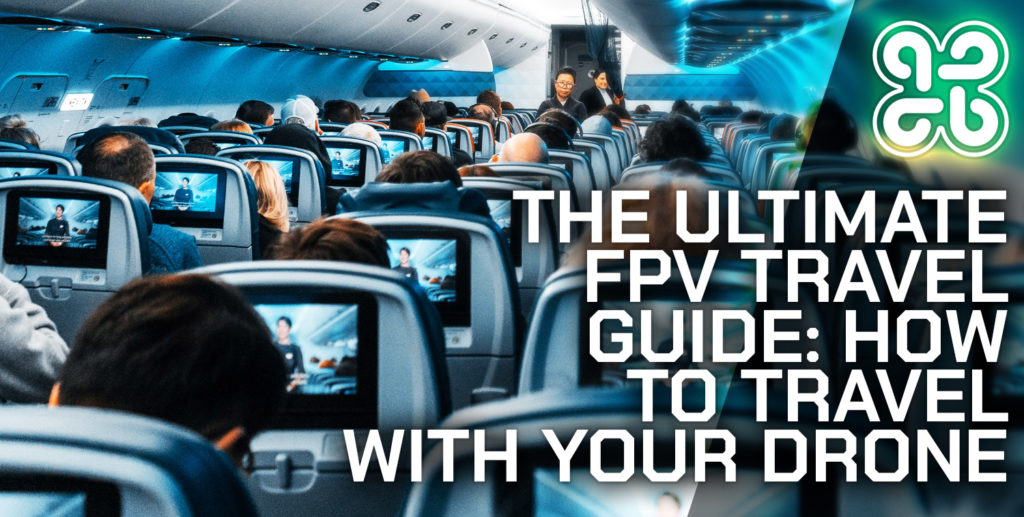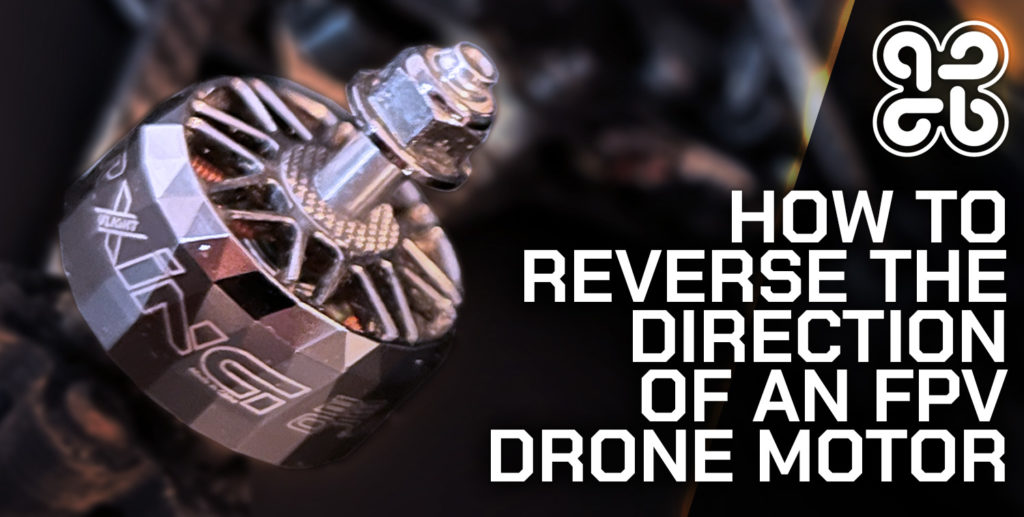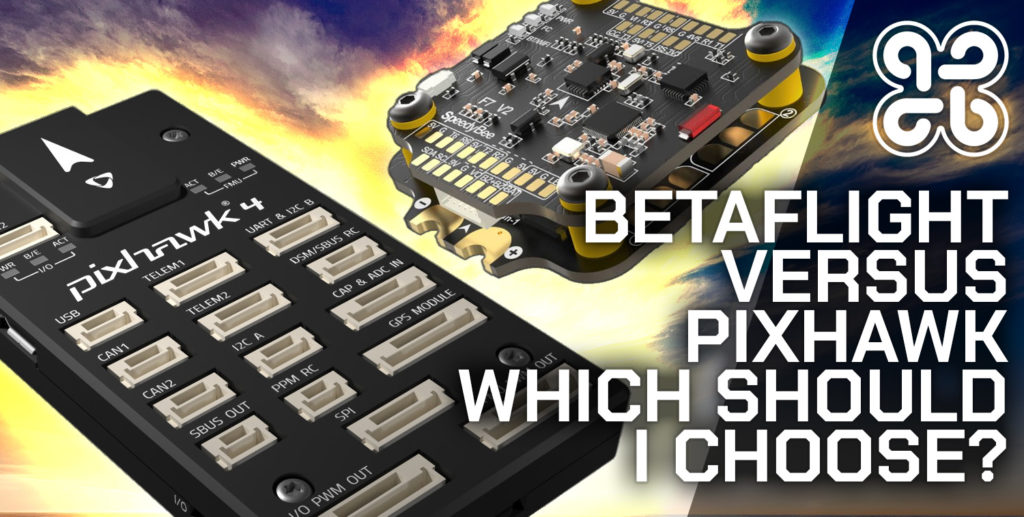If you want to fly some seriously long range FPV then you are probably most likely going to want to choose either TBS Crossfire or ExpressLRS. In this article we will be helping you make that decision.
There are many considerations to make when choosing or building a long range drone, such as the weight of the frame, whether or not to use lithium-ion batteries and which flight controller firmware to use.
If you are building your own rig, be sure to check out these tips as well!
Choosing the right radio is one of the most important decisions to make when choosing which equipment you will use for your long range pursuits.
However it is easy to narrow the decision down to the two main contenders:
- Team Black Sheep Crossfire – check the prices on Amazon here.
- ExpressLRS – check the prices on Amazon here.
With that said, there is more than one product available within each of those long range ecospheres. We will take a look at the more granular decision in order to help you choose the best products from the most suitable platform.
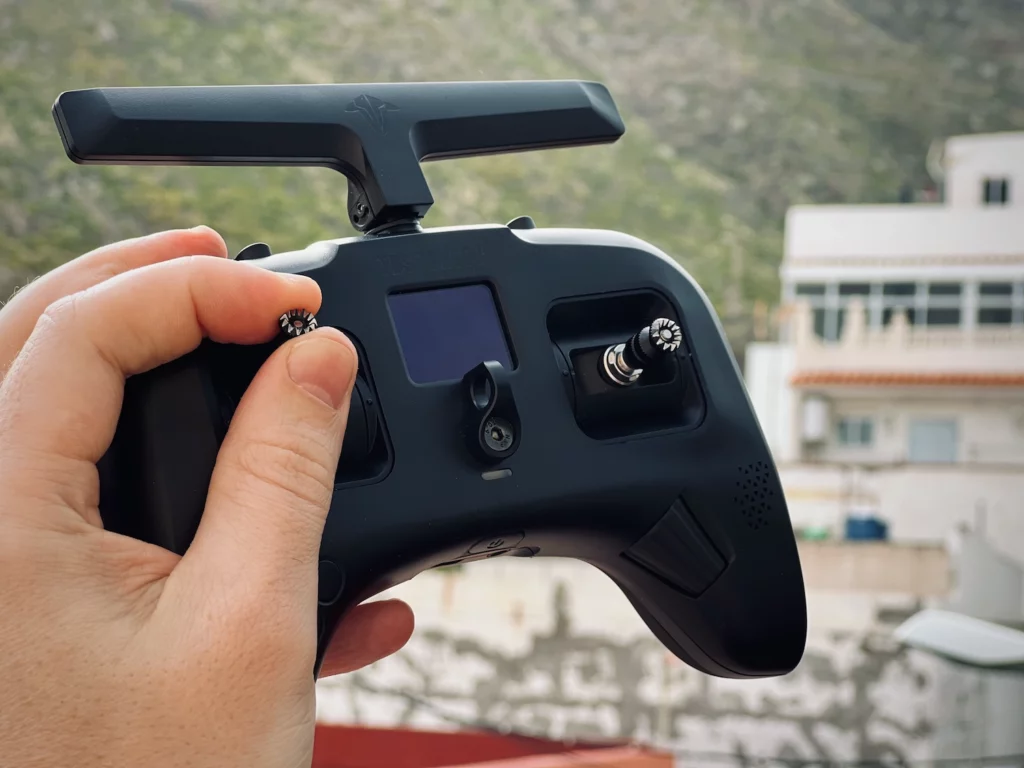
Before we get into the details, and for those who are looking for a quicker answer, here are my current recommendations:
The Best Controller for Long Range FPV
The following is a shortlist of some of the best solutions for long range FPV:
- TBS Tango 2 Pro – A superb all-in-one solution with TBS Crossfire included.
- BetaFlight LiteRadio 3 Pro – An excellent radio for the budget conscious, complete with ExpressLRS. Don’t be fooled by its size, this radio is a solid contender!
- FrSky Taranis X-Lite Pro (needs a “Lite” transmitter module) – A solid gamepad style radio from a reputable name, geared up for thumbers.
- FrSky Taranis QX7S Access (needs a “JR” transmitter module) – If you want a full sized radio for a good price.
- Radiomaster T16S Mark 2 (needs a “JR” transmitter module) – If you want the ultimate “slab” with all of the bells and whistles.
For solutions that also require a transmitter module, here is a shortlist of options:
- TBS Crossfire – JR module
- TBS Crossfire – Lite module
- BetaFPV ExpressLRS – JR module
- BetaFPV ExpressLRS – Lite module
As I recently went through the process of choosing a new radio for long range FPV, it is quite easy for me to pick an outright winner.
I could be slightly biased, as I am very much part of the TBS ecosphere and I was looking for a system that most importantly was more portable than my previous system.
However I do think the winning solution is a great all-round solution and suitable for many people with different FPV goals.
And the winner is…
If I were to pick one controller to recommend for long range FPV, the outright champion would be the TBS Tango 2 Pro.
It is a very cost effective all-in-one solution in a compact form factor with an excellent build quality. I have never purchased a product from TBS that I didn’t think was fabulous!
Although it doesn’t have a module bay, there is now an add-on module bay that allows a Lite module to be mounted on the back.
This means you can use an ExpressLRS or multi-protocol module on Tango 2 and pair it with practically any receiver. In other words, you can have your cake and eat it!
The Tango 2 feels fantastic and it is clearly a high quality product. I love the choice of rocker switches and buttons over traditional switches that poke out and can be broken in your FPV backpack.
Here are my reasons for choosing Tango 2:
- It feels great to hold as a pincher, and it is also ideal for thumbers.
- It is very compact in size, ideal to travel with. The Pro version has fold-away gimbals.
- There are no switches sticking out, I like the push button and rocker switches.
- It features a built-in battery with USB charging, it can be USB powered. I like charging being able to charge it with a USB port, rather than having to use my ISDT charger.
Sold already? You can check the latest price here on Amazon.
Oh, and by the way, if you had any doubts about the range that the Tango 2 is capable of, check this video out:
With that said, the TBS Tango 2 will not be for everyone. Some people are not so keen on the small screen, or perhaps won’t want the hassle of installing the module bay.
If you still need help understanding what the best long range radio transmitter solution is for you, read on!
- The Best Controller for Long Range FPV
- What is a Long Range FPV Radio Transmitter?
- What Are The Different Options for Long Range FPV Controllers?
- Who Should By an All-in-One Solution?
- Who Should By a Seperate Controller & Transmitter Module?
- What Are The Different Types of Long Range FPV Transmitter Module?
- TBS Crossfire vs ExpressLRS?
- ExpressLRS
What is a Long Range FPV Radio Transmitter?
A Long Range FPV Radio transmitter in terms of the handheld controller (as opposed to the video transmitter) is a device that allows the pilot of a remote-controlled aircraft or drone to send control signals to the aircraft at a long distance. It is the remote control or transmitter that the pilot uses to fly the drone.
A Long Range FPV Radio control typically operates on radio frequencies in the range of 800 MHz to 2.4 GHz and uses specialized antennas and other components to boost the signal and achieve greater range.
These transmitters may also include features such as power output adjustments, frequency hopping, and other settings that can be adjusted to optimize the signal for long-range flights.
With a Long Range FPV Radio control, a pilot can fly a drone at a distance of tens, or even hundreds of kilometers away while still maintaining control of the vehicle.
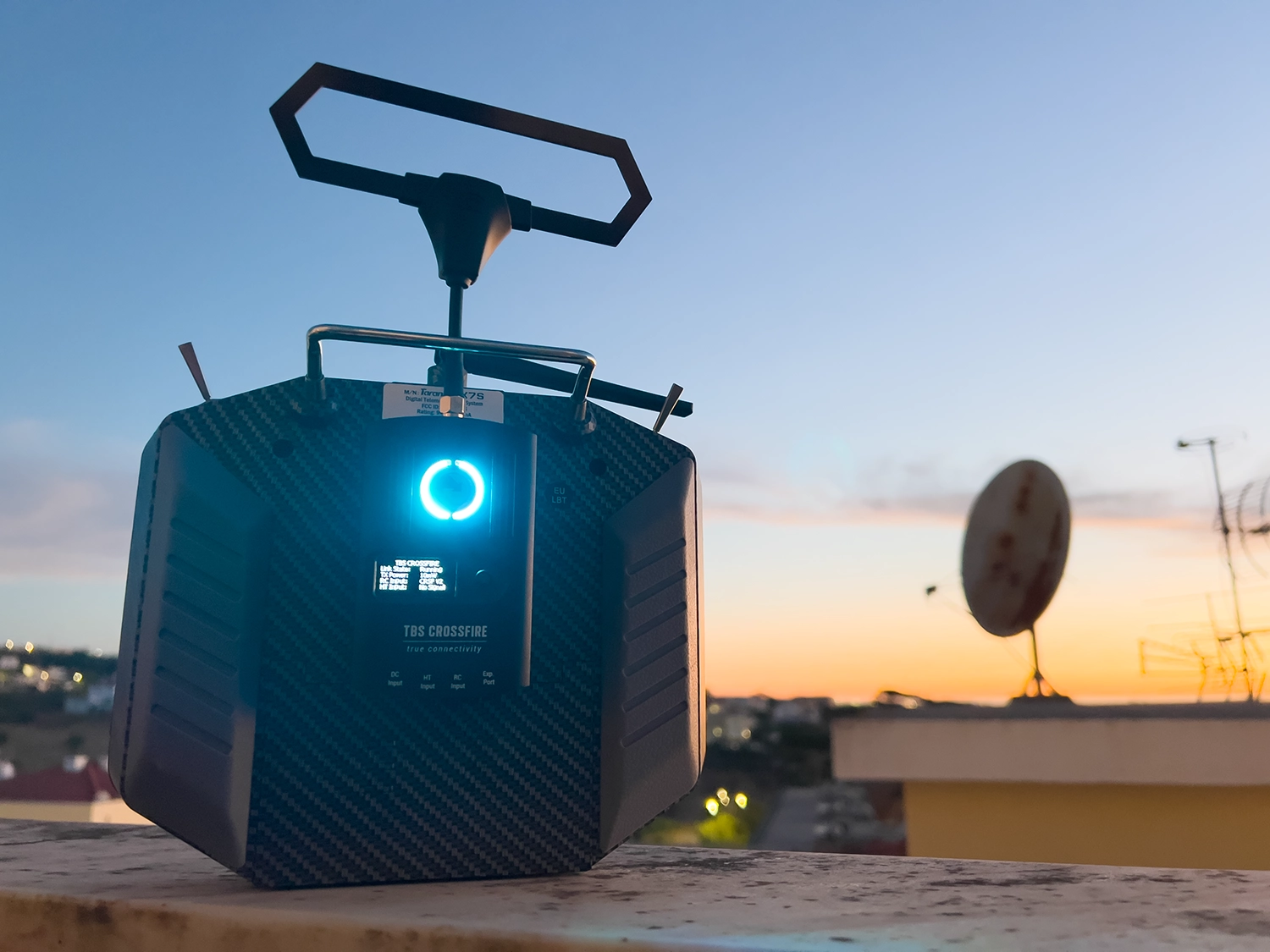
What Are The Different Options for Long Range FPV Controllers?
It is worth mentioning that the actual controller itself can be, and often is a seperate device to the actual transmitter module. This means that you can choose from either of the following:
- An all-in-one solution that features the controls (sticks, buttons, switches, dials etc) and the transmitter, all in one package. For example, the TBS Tango 2. For the purpose of this article, we will refer to this as an all-in-one controller.
- A separate controller (sticks, buttons, switches, dials etc) such as the Jumper T16, and transmitter module such as the TBS Crossfire Transmitter Module. For the purpose of this article, we will refer to these as a controller and transmitter module.
The following images serve as an example of these different types of solution:
The QX7S shown above is a general purpose radio controller and it does have a radio transmitter built in, but it is not capable of the kind of range or reliability of a dedicated long range transmitter.
However like many general purpose controllers, it features an expansion bay where you could install something like the TBS Crossfire module in order to have a long range radio setup.
Alternatively, the TBS Tango 2 comes with Crossfire built in, therefore it is all that you need to achieve a long range radio link to your quad.
Making the decision as to whether you will choose an all-in-one solution will depend on a few things and making the decision as to which solution is best for you will really help narrow down the best choice.
- If you already have a controller with an expansion bay that you are sticking with, you will almost certainly want to choose a long range transmitter module.
- If you are starting from scratch, you may consider buying either:
- an all-in-one solution, or
- a controller and a long range transmitter module.
Naturally each of these options comes with their own selection of pros and cons:
| Pros | Cons | |
|---|---|---|
| All-in-one controller | No need to purchase two devices, can be cheaper. | Not always possible to upgrade or change the transmitter module. |
| Often much more compact, lightweight and portable. | Not usually multi-protocol compatible (cannot use other manufacturers receivers). | |
| Simple and can be easier to set up. | Not as many options to choose from. | |
| Separate controller and transmitter module | One controller can be used with many modules (multi-protocol, can be used with almost all types of receiver). | Can be more costly to buy both a controller and transmitter module. |
| Usually cheaper if you already have a controller and only need the transmitter module. | Usually more bulky, heavier and not as portable. | |
| Many different options to choose from from various manufacturers. | More steps required in order to set up. |
Personally I have both a separate controller and transmitter module, and an all-in-one solution, after recently switching from the former to the latter.
From my perspective and experience with both solutions, I can understand how each solution may benefit different people for different reasons.
Who Should By an All-in-One Solution?
- Anyone who is looking to simplify their setup – if you like to travel light with your drone, whether that be to the local park or all around the world, all-in-one solutions are perfect. They are lightweight, a much smaller form factor and can come with built-in batteries that can be charged from a USB charger.
- A budget conscious pilot who does not yet have a radio – if you don’t already own a radio, you are likely to get more bang for your buck with an all-in-one solution as they can cost less than having to buy a transmitter module and controller separately.
- Those who are brand loyal – if you plan to use the same radio receivers in your builds, there is really no need to complicate things with different modules.
- Those who are looking for an easier setup – all-in-one solutions can offer an easier and more convenient experience when it comes to configuration. Controllers like TBS Tango 2 have the ability to configure both the controller and the long range radio all from the same menu.
Who Should By a Seperate Controller & Transmitter Module?
- Those who already have a controller – if you already have a controller with a module bay it can be cheaper and easier to just buy a long range FPV transmitter module and install it in your existing radio.
- Anyone who wants flexibility – if you plan to use multiple protocols (receivers from different manufacturers) then you will most likely want to be able to switch the transmitter module around, depending on the quad that you are flying.
- Anyone who is looking for a high level of redundancy – if you are a pro pilot or you are planning an elaborate trip to fly someone exotic, you will probably want to have some spares. Having a separate transmitter module allows you to carry a spare module that you can use in the event of any trouble.
- Those who prefer a “slab” style of controller – if you are a fan of the traditional larger form factor radio due to how it feels to hold, or your prefer the comfort of a large display, go for the “slab” style of controller and get yourself a long range module.
What Are The Different Types of Long Range FPV Transmitter Module?
Long range FPV transmitter modules come in two primary form factors, JR and JR Lite.
JR Expansion Bay
The JR expansion bay is a feature found on some JR (Japan Remote Control) and compatible RC transmitters that allows for external modules to be plugged into the transmitter to expand its functionality.
The JR expansion bay is a rectangular port located on the back of the transmitter that is designed to accept a variety of plug-in modules, primarily additional radio transmitter modules.
The JR expansion bay was originally developed by JR, a Japanese manufacturer of RC radio control equipment, and is still used on many of their current transmitter models.
Other RC transmitter manufacturers have also adopted the JR expansion bay design for their own products, as it allows for greater flexibility and customization in the use of the transmitter.
JR Lite Expansion Bay
The JR Lite expansion bay is a smaller and lighter version of the standard JR expansion bay and was also developed by JR.
The JR Lite expansion bay is designed to accept plug-in modules that expand the functionality of the transmitter, similar to the standard JR expansion bay.
However, the JR Lite expansion bay is smaller and more compact, making it easier to integrate into smaller and more portable transmitter designs.
TBS Crossfire vs ExpressLRS?
The two main contenders in long range FPV are the Team Black Sheep Crossfire system and the ExpressLRS system, both of which have some distinct differences.
TBS Crossfire and ExpressLRS both offer long-range, low-latency communication between the transmitter and the receiver, allowing for greater control and reliability over longer distances.
Team BlackSheep Crossfire vs ExpressLRS Comparison Table
| Specification | ExpressLRS | TBS Crossfire |
|---|---|---|
| Frequency | 868MHz/915MHz/2.4GHz | 2.4GHz |
| RF Power Output | Up to 1W | Up to 1W |
| Latency | ||
| Channel Output | Up to 16 | Up to 12 |
| Adaptive Frequency Hopping | Yes | Yes |
| Refresh Rate | Up to 200Hz (for 900MHz link) Up to 500Hz (for 2.4GHz link) | Up to 150Hz |
| Antenna Options | SMA and u.FL | SMA |
| Diversity Receiver | Yes | Yes |
| Telemetry | Yes | Yes |
| Compatibility | Open source, works with most transmitters and receivers | Proprietary, works with TBS Crossfire receivers |
| WiFi Connectivity | Yes (for firmware updates) | Yes |
| Bluetooth Connectivity | No | Yes |
| Price | Lower | Higher |
Team BlackSheep Crossfire
TBS Crossfire is a proprietary radio control system developed by Team BlackSheep and it has some really awesome features!
- Long-range: TBS Crossfire is designed to provide reliable long-range communication between the transmitter and the receiver. In contrast to the 2.4GHz frequency commonly used for the RC control link, Crossfire uses either an 868MHz or 915MHz frequency depending on the region and features adaptive frequency hopping, which helps to reduce interference and improve signal strength.
- Low-latency: TBS Crossfire is designed to provide low-latency communication between the transmitter and the receiver, which allows for faster and more precise control of your RC model.
- Telemetry: TBS Crossfire includes built-in support for telemetry, allowing you to receive real-time data from your RC model such as battery voltage, RSSI, and other important metrics.
- Diversity receiver: TBS Crossfire offers a diversity receiver option, which uses two antennas to help reduce signal loss and improve overall range and reliability.
- Bluetooth and WiFi connectivity: TBS Crossfire offers Bluetooth and WiFi connectivity, which allows you to connect your transmitter to your smartphone or other devices and adjust settings and configurations on-the-go.
- Compatibility: TBS Crossfire is compatible with a wide range of RC equipment, including flight controllers, transmitters, and receivers.
- Multiple receiver options: TBS Crossfire offers a range of receiver options to suit different use cases and preferences, including mini receivers, full-size receivers, and nano receivers.
One of the most powerful features of the Crossfire system is its ability to link to other TBS products in the TBS ecosphere, such as the TBS fusion video receiver.
This allows the devices to share data, adding some very interesting features. For example it is possible to link a TBS video transmitter and receiver over a TBS Crossfire radio link, so that their operating frequency automatically matches.
It is also possible to adjust other settings, such as video frequency, video transmission power and a whole host of parameters on the flight controller all from your controller, over the TBS Crossfire link.
The disadvantages of using TBS are generally that it is a closed source system and to get the most out of it you usually have to be quite brand loyal to TBS. In addition to this the products are known to be quite expensive.
Who should choose TBS Crossfire?
- Anyone who is a TBS fan already – If you are already using TBS products, such as the TBS Unify video transmitter, Crossfire is without a doubt the best choice due to being able to synchronize the different TBS product line in order to get some superb additional functionality.
- Those who are looking for best in class reliability – the TBS Crossfire is a far more mature product and it was the first long range radio system aimed at drone enthusiasts. Therefore it has many more years of development behind it and has absolutely proven to be rock solid reliable.
- Those who are looking for the best quality premium product – if budget is not so much of a concern, TBS is likely going to give you the best in the business.
ExpressLRS
ExpressLRS is an open-source radio control system that can use both the 2.4GHz and 915MHz frequencies and it is designed to be low-cost and highly customizable. ExpressLRS is very capable and considering the cost, it is packed with really good features:
- Long-range: ExpressLRS is designed to provide reliable long-range communication between the transmitter and the receiver. The range can be extended even further by using high-gain antennas.
- Low-latency: ExpressLRS is designed to provide low-latency communication between the transmitter and the receiver, which allows for faster and more precise control of your RC model.
- Customizable: ExpressLRS is highly customizable, allowing users to mix and match components and customize the system to meet their specific needs. This includes the ability to use different types of receivers and transmitters, and customize the firmware to add new features.
- Telemetry: ExpressLRS includes built-in support for telemetry, allowing you to receive real-time data from your RC model such as battery voltage, RSSI, and other important metrics.
- Compatibility: ExpressLRS is compatible with a wide range of RC equipment, including flight controllers, transmitters, and receivers.
- Low cost: ExpressLRS is designed to be a low-cost alternative to other long-range RC control systems.
Who should choose ExpressLRS?
- Those who are a fan of open source projects – one of the coolest things about ExpressLRS is that it is an open source project. Anyone who is a fan of open source should certainly consider ExpressLRS.
- Anyone looking for flexibility – if you don’t want to be tied into one ecosphere, ExpressLRS may offer you a little more flexibility.
- Those who are budget conscious – ExpressLRS may not boast some of the advanced features of the TBS system, but for sure it won’t hurt your wallet as badly!
- Newcomers to long range FPV – if you want to give long range a go but you don’t want to sink too much into your system, ExpressLRS will be the better choice for you.

